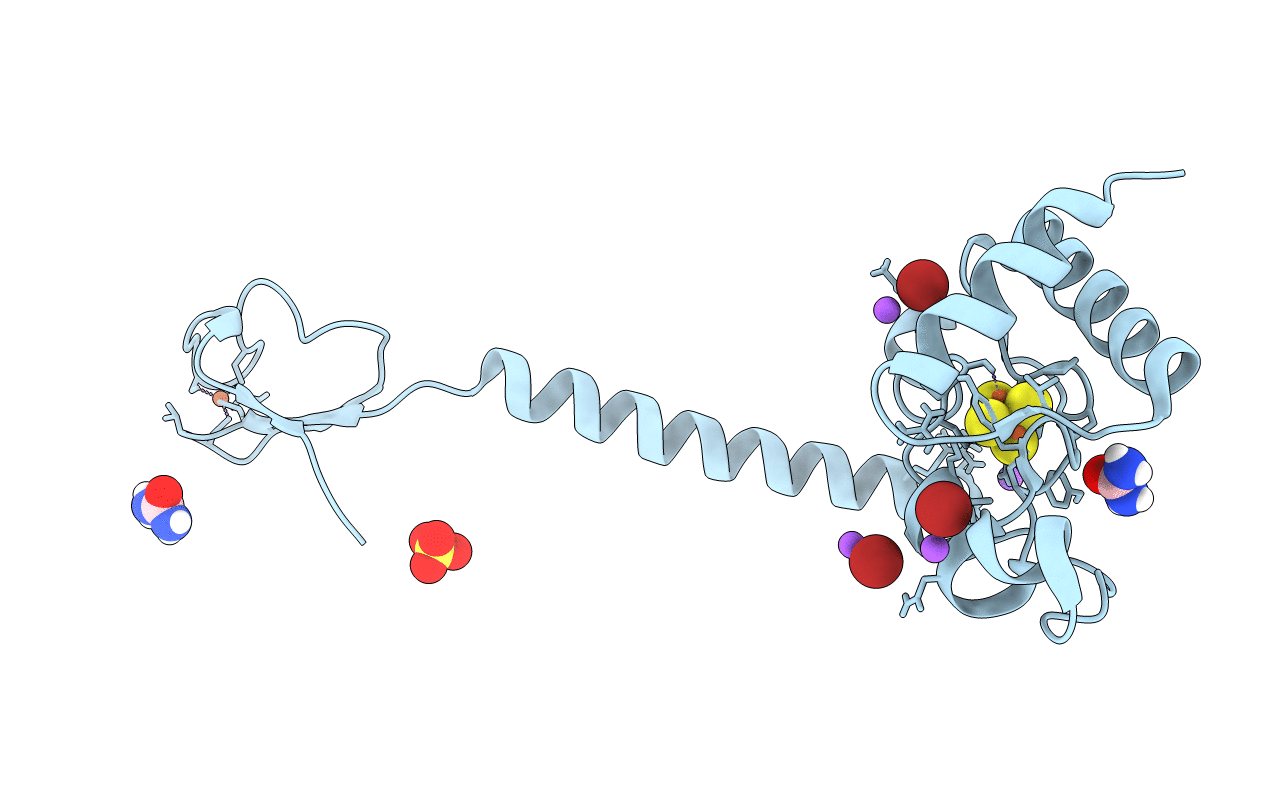
Deposition Date
2014-06-09
Release Date
2015-05-13
Last Version Date
2024-10-09
Entry Detail
PDB ID:
4TPU
Keywords:
Title:
CRYSTAL STRUCTURE OF FERREDOXIN-DEPENDENT DISULFIDE REDUCTASE FROM METHANOSARCINA ACETIVORANS
Biological Source:
Source Organism:
Methanosarcina acetivorans (Taxon ID: 188937)
Host Organism:
Method Details:
Experimental Method:
Resolution:
2.36 Å
R-Value Free:
0.26
R-Value Work:
0.20
R-Value Observed:
0.20
Space Group:
P 2 3


